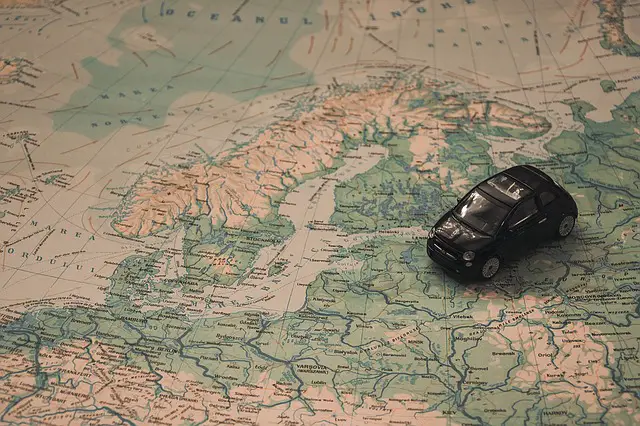To answer that question, we must first decide on what we call “Scandinavia”. Although Finland is usually considered a part of this group of countries, the Finnish language is from a different language group and, as such, not that similar to the others in its close proximity. Often, when people think or talk about “Scandinavian languages”, what is really meant is a part of the North Germanic language group, into which Danish, Swedish, and Norwegian all belong (along with Icelandic, Faroese, and other smaller languages). And sure, since these languages are closely related to each other and share a fair bit of history, there are a lot of similarities between them.
Taking that into account, is it then fair to say that Danish, Swedish, and Norwegian are basically the same language?
Table of Contents
A Shared History and Mutual Intelligibility
It’s hard to deny that the three countries share a significant history together. Close cooperation and heritage have meant that Scandinavia is often seen as one rather cohesive whole. Although the languages belong the same wider language family as German, English, and Dutch, the Scandinavian languages have had the chance to develop together, influencing each other through the centuries.
While the Scandinavian languages share some features with their West Germanic relatives, the influence of Old Norse on their evolution means that from around the Middle Ages, the languages started becoming more distinct from the West Germanic ones. During that time period, the speakers of the various languages in Scandinavia could really understand each other to a high degree, and the spoken dialects were sometimes considered to be a part of one single language – the “Danish tongue”.
Similarities and Differences Today
A shared history doesn’t always mean a happy history, though. For four centuries, Danish was also the standard written language in Norway. Because of the nationalist backlash created by that, Norwegian now has two official forms of its written language. The differences between Bokmål and Nynorsk have their basis in how they relate to Danish – while Nynorsk sets itself in opposition to Danish influence and is based on local dialects, Bokmål is a Norwegianised version of Danish. Additionally, two other unrecognised forms exist which highlight the differences between the official varieties even further.
Although this is an example of how sharing a history can have more of a dividing than uniting impact, the languages still remain close today.
It is not uncommon for the Danes, Swedes, or Norwegians to be able to understand each other’s written language. Or at least extrapolate the general meaning. Due to Danish’ long influence on Norwegian, the grammar and vocabulary of the two languages are really quite similar.
In terms of speaking, however, it’s easier for Swedes and Norwegians to understand each other due to similarities in pronunciation. It’s the Danes who struggle in comprehending more, in this case.
Much of the differences and similarities also come down to the various regional distinctions in the language used by particular individuals. Due to the rugged geography of northern Scandinavia, a great number of different dialects have developed. In certain areas close to the shared border, Swedes and Norwegians might find their everyday languages having more in common. In comparison, a Dane and a coastal Swede can have fewer differences in pronunciation.
Conclusion – Scandinavian Languages Have Many Similarities But Are Not the Same
Although the divide between what is considered a dialect and what makes a language is a fine one, Danish, Swedish, and Norwegian are all considered to be separate languages today. Due to a shared history, they have a lot in common but the history has also pushed them apart in some sense. While the Scandinavian languages are mutually intelligible to an extent, there are still many distinctions to be made between them, many of which can come down to regional differences.
Contributing writer: Sara Vitrai

